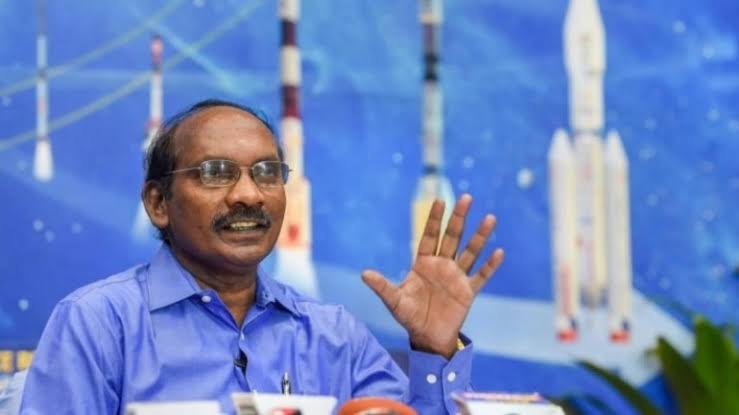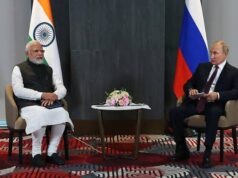Chandrayaan 2 mission 98% success

Country is raring to see the Gaganyaan (crewed orbital spacecraft) mission, says the ISRO chairperson
Even as all attempts to establish contact with lunar lander Vikram went in vain, ISRO chairperson K. Sivan on Saturday termed Chandrayaan 2 mission a huge success and asserted that the orbiter has helped in mapping the entire lunar surface in great precision and detail.
Though some jokers, yes they have to be called jokers only, who have sarcastically commented on this 98% claim of success. We need to just ignore them.
“Chandrayaan 2 comprises a very big size science component and a small technology demonstration component, which include soft-landing near the South Pole of the Moon.
The bulk of experiments carried out in the inter-planetary science is in the orbiter. Initially, the orbiter’s life was only one year, but due to optimum mission operations, it has increased to 7.5 years. Now, scientists would receive 7.5 times data more than expected. It is really a huge success,” he said.
Dr. Sivan was addressing the eighth convocation of the Indian Institute of Technology, Bhubaneswar.
Chandrayaan’s Vikram lander: what we know so far
He said: “Three mission phases were completed successfully at an altitude of 300 metres from the lunar surface. This validated all new technology elements, including navigation sensors and propulsion.
Except soft-landing, all other technologies are validated. Innovation is not just having a great idea on paper. A great idea on paper is just a great idea, but nothing more. Innovation comes from very high level risk and failure.
“I don’t need to tell you how many times Thomas Edison would have failed in inventing light bulb and how many times ISRO has faced failure in development of launch vehicles, but these failures did not become obstacles in our path. We use these failures are learning opportunities.”
The foremost rocket scientist also referred to Gaganyaan, stating that the country was raring to go on the crewed orbital spacecraft mission.
“Gaganyaan is extremely important for India as it would boost the science and technological capabilities of the country. By December 2020, we would have the first unmanned mission of human space flight. And we are targeting the second one by July 2021. By December 2021, the first Indian will be carried by our own rocket. The ISRO is working on that,” he said.
Space technology was only a medium of fast-tracking the country’s development. “Starting a space programme in a country like India in 1960s was a big crazy idea. But Vikram Sarabhai foresaw the potential of space technology in transforming India,” Dr. Sivan noted.




